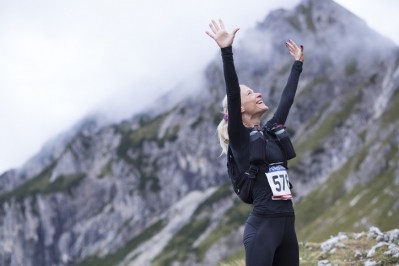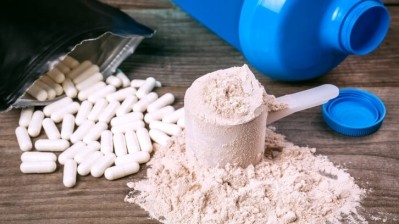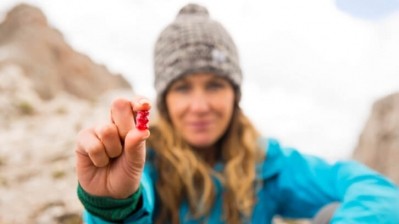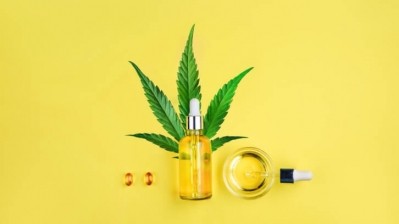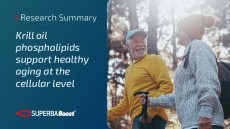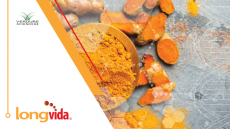Across generations, cannabinoids aid in physical recovery from exercise, survey finds
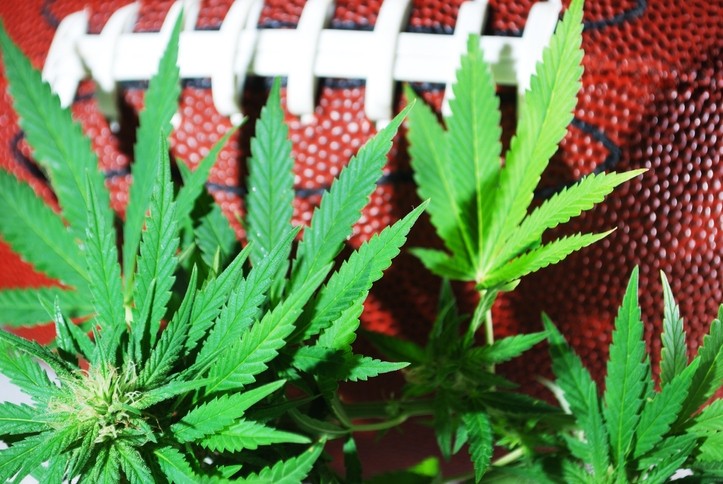
The study, which appeared in the Journal of Cannabis Research, found that of the 111 people who completed the survey, 93% believed CBD use improved recovery. Eighty-seven percent felt THC enhanced it as well.
The voluntary, anonymous, online questionnaire was advertised to participants via social media. Eighty-five percent of participants reported they regularly performed aerobic exercise and 85% reported they resistance trained, with 72% participating in both forms of exercise.
“The present study demonstrated that participants used CBD and THC as a means to reduce pain, which is in agreement with our hypothesis,” the researchers said. “While numerous studies have demonstrated CBD or THC use may have a profound effect on chronic pain, the data are not conclusive.”
However, CBD or THC use can aid inflammation and sleep, which are hallmarks for recovery from exercise, the researchers wrote. Habitual cannabis users have displayed lower circulating levels of C-reactive protein (CRP), an indicator of global inflammation, when compared to non-users. Additionally, acute CBD intake can lessen muscle damage following resistance exercise in resistance-trained men and women.
CBD impacts exercise intensity
Curiously, the study found that males who were CBD users had a higher intensity of aerobic and resistance exercise compared to those that used THC only. For the female CBD users, the intensity was higher for aerobic activity compared to females that were using THC.
Despite the reported benefits, THC has been demonstrated to impair cognitive function and to lead to acute increases in heart rate, systolic blood pressure, and vasoconstriction. Contrary to THC, CBD does not induce psychotropic effects. It has, however, been demonstrated to reduce heart rate, reduce systolic blood pressure, and increase vasodilation.
Even though CBD comes with fewer side effects, some CBD preparations contain trace amounts of THC, potentially resulting in a positive test for drug use in athletic populations. In recent years, several professional sports teams have lightened up penalties or done away with THC testing altogether.
The researchers acknowledged that more data is necessary to understand the role of cannabinoids in exercise recovery.
Consumer spending
The surveyed participants indicated using CBD for a period of one to 9 years. Thirty-two percent of those individuals used CBD seven days a week, 1-3 times per day, and spent between $50-100 per month on CBD products.
How does this compare to Americans as a whole? When it comes to the largest group of CBD users, 35-49 year olds, about 44% are spending between $20 and $80 per month on CBD products. According to a HelloMD-Brightfield Group study, over 13% are spending more than $160 per month on CBD products, and 1% spend over $600 monthly, though figures may need to be adjusted for inflation.
As for THC, the weekly intake included greater participant response. Fifty-two percent of participants said they used the substance seven days a week, 1-3 times a day and spent $50-100 per month. Eighteen percent of participants said they’d been using THC for more than 10 years.
Over the past decade, CBD and/or THC use has become more widespread in the United States. The researchers cited that as of 2021, 52.5 million individuals in the US reported use of CBD and/or THC in the past year, or about 19% of the population.
Most of the people who took the survey were from the Midwest, which has limited access to cannabis medically or recreationally, according to the researchers.
